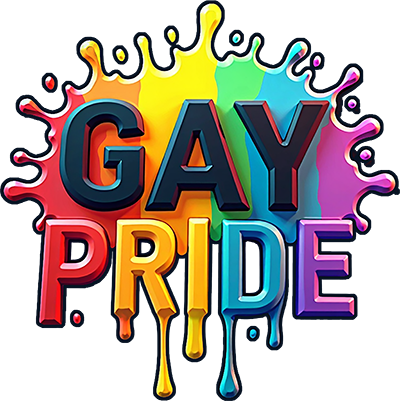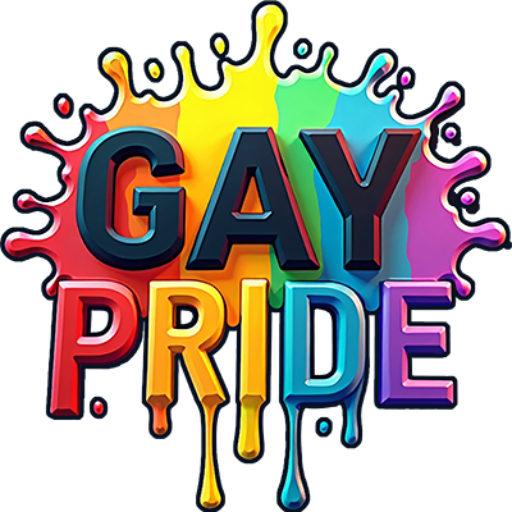Symbols of Pride: What They Mean and Why They Matter 🌈
In a world rich with diversity, symbols of pride serve as powerful reminders of identity, resilience, and community. These symbols not only represent the LGBTQ+ community but also promote awareness and acceptance. This blog post delves into the fascinating world of pride symbols, exploring their meanings and the significant roles they play in society.
Table of Contents
1. Introduction
2. The Power of Symbols: An Overview
3. The Rainbow Flag: A Beacon of Diversity 🌈
4. The Transgender Pride Flag: Celebrating Gender Identity ⚧️
5. More Than Colors: Other Symbols of Pride
6. The Importance of Pride Symbols in Modern Society
7. Conclusion: Carrying Pride into the Future
8. FAQ
The Power of Symbols: An Overview ✨
Symbols hold the unique power to convey complex messages in simple forms. Whether it’s a flag, a logo, or a piece of art, symbols can unite people, evoke emotions, and inspire action. In the context of the LGBTQ+ community, symbols of pride are not just colorful representations; they are lifelines that connect individuals across the globe, offering a sense of belonging and empowerment.
The Rainbow Flag: A Beacon of Diversity 🌈
The rainbow flag is arguably the most recognized symbol of LGBTQ+ pride. Designed by Gilbert Baker in 1978, the flag originally featured eight colors, each representing different aspects of life: pink for sex, red for life, orange for healing, yellow for sunlight, green for nature, turquoise for art, indigo for harmony, and violet for spirit.
Over the years, the rainbow flag has evolved, with some colors being removed due to fabric availability, but its core message remains unchanged. It symbolizes diversity, inclusivity, and the beauty of the spectrum of human identities. During Pride Month, cities around the world are adorned with this vibrant flag, signifying a global celebration of love and acceptance.
The Transgender Pride Flag: Celebrating Gender Identity ⚧️
Another significant symbol within the LGBTQ+ community is the transgender pride flag. Created by Monica Helms in 1999, the flag features five horizontal stripes: two light blue, two pink, and one white in the center. These colors represent the traditional colors for baby boys and girls, with the white stripe symbolizing those who are transitioning or consider themselves gender-neutral.
The transgender pride flag is a powerful representation of the fight for recognition and rights of transgender individuals. It is a reminder of the ongoing struggle for equality and the importance of embracing one’s true identity.
More Than Colors: Other Symbols of Pride 🎨
While flags are prominent, other symbols also play crucial roles in expressing pride. The pink triangle, initially used as a badge of shame during World War II, has been reclaimed as a symbol of resistance and empowerment for the community. The lambda symbol, chosen by the Gay Activists Alliance in 1970, represents unity and liberation.
These symbols, among many others, have historical significance and continue to inspire new generations. They serve as reminders of the challenges overcome and the resilience of those who fought for equality and acceptance.
The Importance of Pride Symbols in Modern Society 🌍
In today’s world, where discussions about identity and inclusion are more prominent than ever, pride symbols play a crucial role. They foster a sense of community, serve as educational tools, and promote dialogue. These symbols also help allies show their support and solidarity, creating a more inclusive environment for everyone.
Moreover, pride symbols have transcended beyond the LGBTQ+ community, influencing art, fashion, and popular culture. They are a testament to the ongoing journey towards a more accepting and loving world.
Conclusion: Carrying Pride into the Future 🚀
Symbols of pride are not just icons; they are powerful tools that carry messages of love, acceptance, and hope. As society continues to evolve, these symbols will undoubtedly remain vital in promoting understanding and unity. Whether through a simple flag or a complex design, the essence of pride will continue to inspire and empower future generations.
FAQ
1. What is the significance of the rainbow flag?
The rainbow flag represents diversity and inclusivity within the LGBTQ+ community. Each color has a specific meaning, celebrating different aspects of life and identity.
2. How did the transgender pride flag come to be?
The transgender pride flag was created by Monica Helms in 1999. It features colors that represent traditional gender associations and includes a white stripe for those transitioning or identifying as gender-neutral.
3. Why are symbols important for the LGBTQ+ community?
Symbols offer a way to express identity, foster community, and advocate for rights and recognition. They are crucial in promoting understanding and acceptance in society.
4. How can allies show support using pride symbols?
Allies can show support by displaying pride symbols, participating in Pride events, and educating themselves and others about LGBTQ+ issues.
5. Are pride symbols exclusive to the LGBTQ+ community?
While primarily associated with the LGBTQ+ community, pride symbols have universal themes of love, acceptance, and diversity, resonating with broader audiences and inspiring inclusivity globally.

